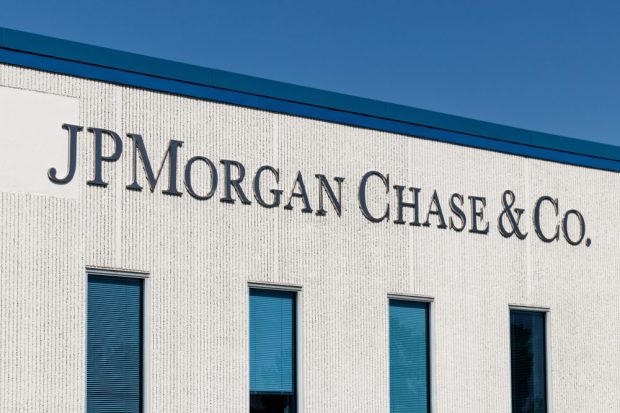JPMorgan: Consumer Savings Suffer as Spending Outpaces Income

Consumers are continuing to spend.
And credit quality, as J.P. Morgan Chase executives said during a conference call Friday (Oct. 14) with analysts to discuss earnings, is relatively strong too.
But the pressures of inflation, of being prudent in the face of an uncertain macro environment — which has also led to a boost in the bank’s loan loss reserves — are apparent in the numbers too.
Supplemental material released in tandem with earnings results showed that average deposits in the company’s consumer and community banking segment stood at $1.174 trillion, down roughly 1% from the previous (second) quarter. And although it’s a slight drop, and still more than the $1 trillion that was on the balance sheet a year ago … a decline is still a decline.
Credit card spending by sales volume, meanwhile, was $272 billion, up from the $271.2 billion in the second quarter and significantly higher than the $232 billion last year.
Spending Outpaces Income
Commentary on the call noted that spending has been growing faster than income — and as to that spending, debit and credit card sales volume was up 13% year on year to $395.8 billion, although that metric, too, declined from the second quarter of this year, where spending was $397 billion.
Business banking activity also declined a bit, as average loans in this segment stood at $21.3 billion, down from $22.8 billion in the most recent quarter and down markedly from the $35.6 billion last year.
The implication here is that there’s a gap between what it costs to live, to pay the bills, to keep spending, and where the funding for it all comes from.
Indeed, PYMNTS’ own data shows consumers have spent more than they make. Other in-house research underscores that the cash cushions at the ready — to tackle those expenses — are dwindling too.
Read more: Savings Not Enough to Blunt Paycheck-to-Paycheck Pressures
Reflecting on the state of affairs, CEO Jamie Dimon said there “are uncertainties” as to where consumer and small- to medium-sized business (SMB) activity might be headed, including trends in deposit migration. Net charge-offs in the quarter were $679 million, up from $68 million in the second quarter and $188 million last year.
And although, as Chief Financial Officer Jeremy Barnum said on the call, “credit is still healthy,” the company’s credit costs in the quarter came to $1.5 billion, reflecting a $513 million net reserve build.
And there was at least some discussion about what might happen if macro conditions were to deteriorate significantly in the months and years ahead. Dimon remarked that if the unemployment rate in the United States would rise to as high as 6%, the bank would build its loan loss reserves by anywhere from $5 billion to $6 billion.
Elsewhere, during the call, management was asked if the pace of investments — tied to technology, headcount and other initiatives — might be reined in a bit, in the face of the aforementioned uncertainties. That pace would continue unabated, noted Dimon.
And the information from the company showed that active mobile customers were up 10% to 48.9 million.
